After analyzing and summarizing various possible causes of excessive carbon content in the production of low carbon steel castings in lost foam, the design of the production process and technical parameters of the production of low carbon steel castings in lost foam was modified and adjusted to create a Reasonable and reliable low-carbon steel casting technology conditions set the production operation mode of the system, so as to ensure the technical requirements for the production of qualified low-carbon steel casting products using lost foam. When adjusting the technical parameter settings of the production operation control process for the production of low-carbon steel castings in the lost foam production, the following points should be paid special attention to:
- Unreasonable selection of casting materials. In the selection of casting white mold material, one is the high carbon content; the other is the density of the white mold is too high. As a result, the casting pattern has a high carbon content during thermal decomposition during the pouring process, and the liquid phase and mist free carbon content of the casting during the pouring filling process is high, resulting in an increase in the carburizing probability of the steel casting.
- Choose foam or pre-expanded beads with low carbon content to make castings. At present, the domestically produced polystyrene foam EPS has a carbon content of 92%; the styrene methyl methacrylate copolymer resin STMMAC has a carbon content of 69.6%; the expandable polymethyl methacrylate EPMMA has a carbon content of 60.0 %; The use of EPS material to make the casting mold will increase the carbon content of the molten steel by 0.1% to 0.3% during the casting process. When EPMMA or STMMA is used for the production of the casting mold, the casting is caused by the material of the mold during the pouring process The carbon increase is less than 0.05%.
- Choose the appropriate foam density to make the casting pattern. When ensuring the technical requirements of the pattern making temperature and no other defects caused by the quality of the foam during the production and pouring of the casting, the smaller the foam density of the casting pattern and the less the foam, the better it is to reduce the carburization of the casting.
- Improve the production quality of casting patterns. When the casting pattern can be made as a whole, it should not be made in combination, and the bonding surface of the casting pattern should be minimized. When performing pattern bonding, it is necessary to ensure that the bonding surface of the pattern is smooth and flat, minimize the amount of glue used for bonding, and reduce the amount of thermal decomposition products of the glue to reduce the carbon content of the thermal decomposition products.
- Use low-carbon or carbon-free adhesives. That is, special adhesive for negative pressure casting and bonding should be used for pattern combination bonding, instead of low-quality ordinary adhesives with high carbon content for bonding. And when the pattern is combined and bonded, when ensuring the bonding temperature and bonding strength of the adhesive, the amount of adhesive should be minimized to reduce the thermal decomposition products of the adhesive.
- Choose and determine a reasonable gating system. For the casting process design of the castings, it is necessary to make the castings have the effect of accelerating the gasification of the foamed plastics during the casting process, and minimize and stagger the contact and reaction time of the liquid and solid phases in the thermal decomposition products, thereby reducing or avoiding Carburization of the casting occurs.
- Choose and determine the appropriate pouring temperature and pouring speed of the casting. Due to the different shapes of the same casting such as the casting process, the actual filling temperature of the casting is completely different when the molten steel is poured at the same temperature. If the pouring temperature is increased, the pouring speed will also increase, which will result in faster thermal decomposition of the casting pattern and not easy to complete gasification, which will increase the amount of thermal decomposition products in the liquid phase. At the same time, because the gap between the molten steel and the pattern is small, the liquid phase is After being squeezed out of the gap, the thermal decomposition products are often squeezed between the pattern coating layer and the molten metal, or the cold corners or dead corners where the molten steel flows, causing the contact surface to increase, the carbon concentration and the amount of carburization will also increase. At the same time, pay special attention to the fact that if the casting process is unreasonable, the molten steel pouring temperature is too high and the pouring speed is too fast, it will cause production accidents such as gassing and back spray.
- The flame retardant is added to the pattern to prevent the cracking and combustion of the pattern at high temperature, so that it does not produce or produce less carbon-containing solid products. Such as adding flame retardant 0.5% to 3% chlorinated paraffin, triphosphate, pentabromodiphenyl ether, antimony trioxide, etc. At the same time, add 0.2% to 0.5% dibenzoyl peroxide, dilauroyl peroxide, etc. to accelerate the transformation of flame retardant into gas, thereby reducing the carburizing conditions and conditions during the casting process .
- In the process of brushing the pattern coating layer, anti-carburizing materials can be added. Some anti-carburization catalysts, such as alkali metal salt and limestone powder, are added in the preparation process of the pattern coating, so that the pattern can decompose enough CO and CO2 gas to absorb carbon in the coating layer after pouring, thereby preventing the casting from permeating Carbon; or adding an oxidizer to the coating to promote the transformation of the C and H2 gas after thermal decomposition of the pattern into neutral gas, so that the C and H after thermal decomposition can reduce the penetration into the casting, causing carbon increase or hydrogen embrittlement.
The Detail Of BE-CU Die Casting Company

If you are looking for dependable volume manufacturing metal parts supplier with High pressure die casting service who offers you competitive price, good service and quality for aluminium die casting, zinc, or magnesium die casting, then BE-CU Prototype are surely a partner you are looking for to fulfill all your die casting needs. With quality service and state of art technology, BE-CU indeed claim in providing quality pressure die casting including aluminum/zamak/magnesium alloy castings to our customers all over the world.
To work with us,be-cu don’t just stop at taking your order and delivering your die casting products. be-cu are there for you at every step right from your preferred selection of aluminum die casting, Zamak die casting (Zamak 2, Zamak 3, Zamak 5, Zamak 8) or magnesium die casting products and services to post-order phase. In brief, once you become our customer, be-cu are with you every step on the way.
-
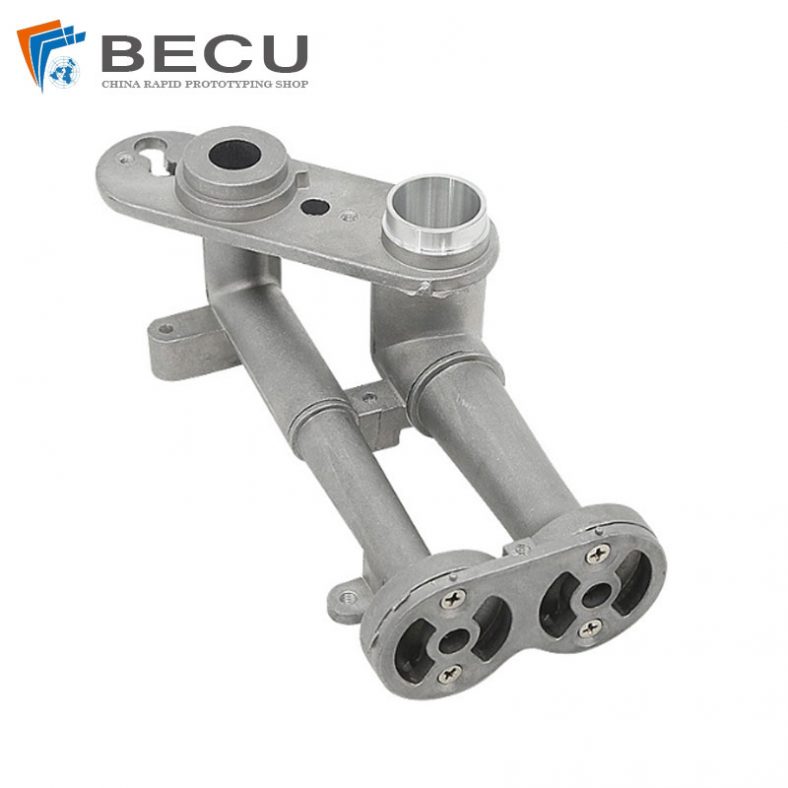
CNC Machining Gas Stove Bottom Joint
-

Gravity Die Casting Custom Street Light Heat Sink
-
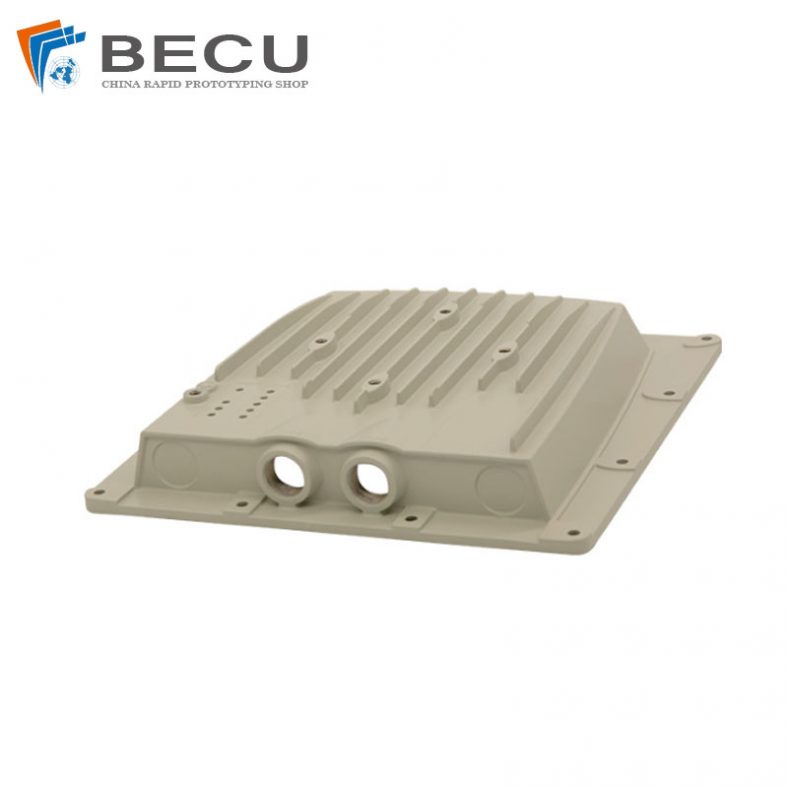
Die Casting LED Canopy Lights Heatsink For Gas Station
-
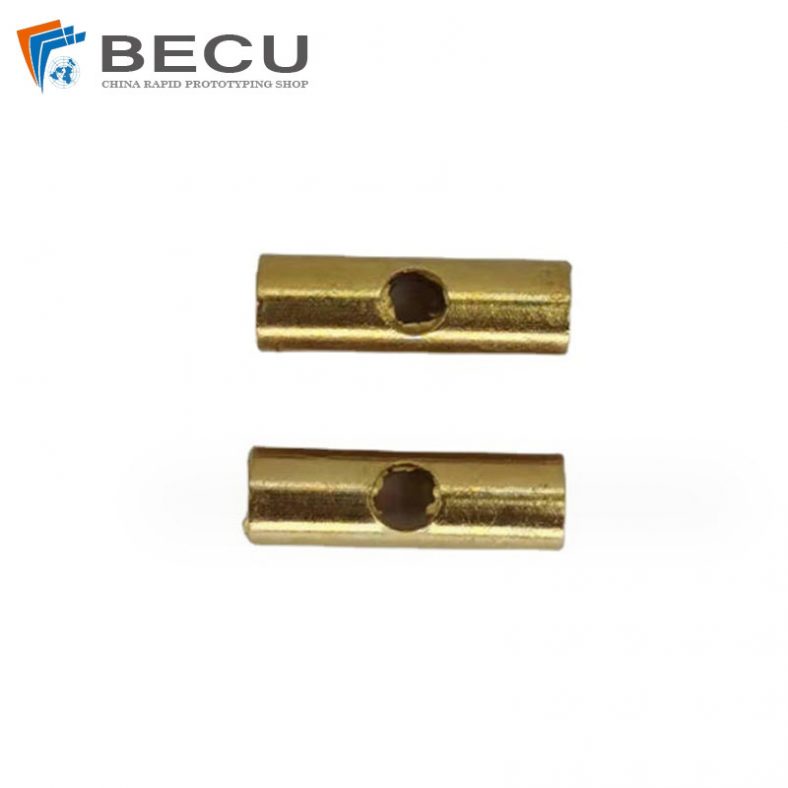
Zinc Die Casting PA10 Transformer Connector Terminal
-
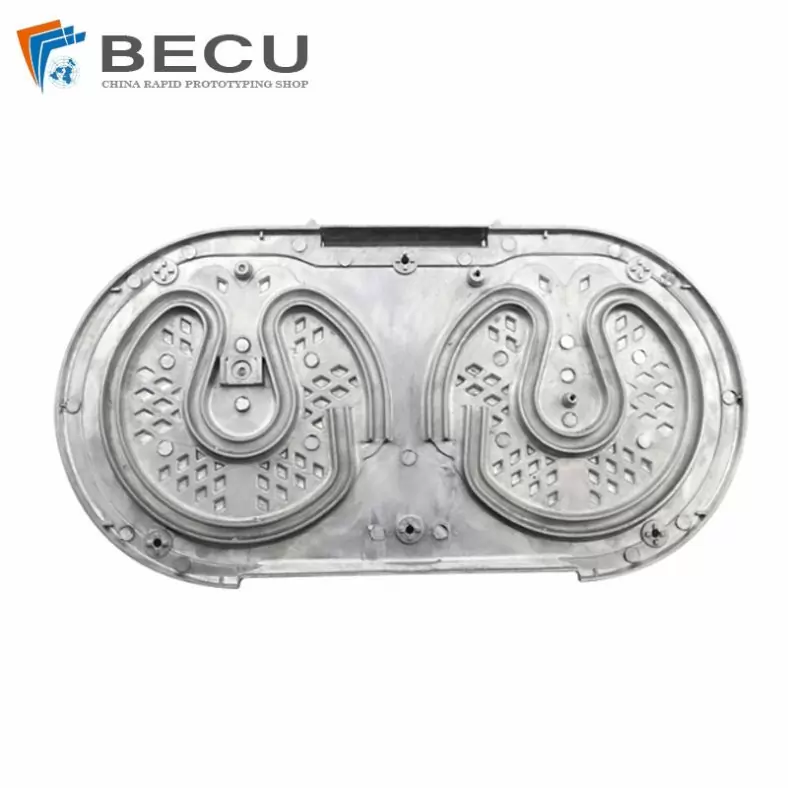
Die Casting Aluminium Cookware Chassis
-

Die Casting Wheels With Aluminum Alloy 5 Axis CNC Machining
-
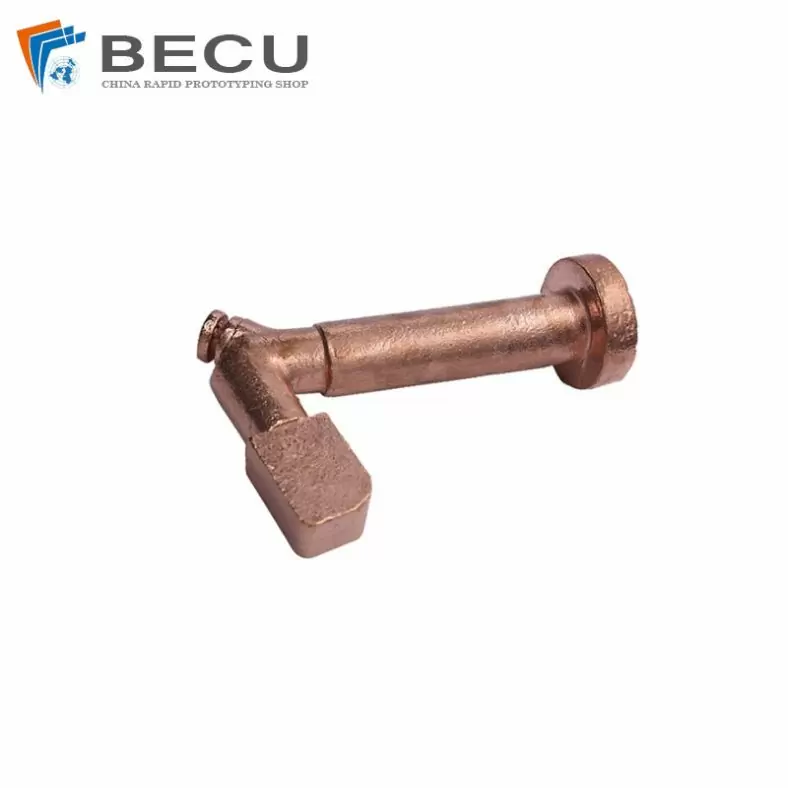
Precision Machined Copper Die Casting Parts
-
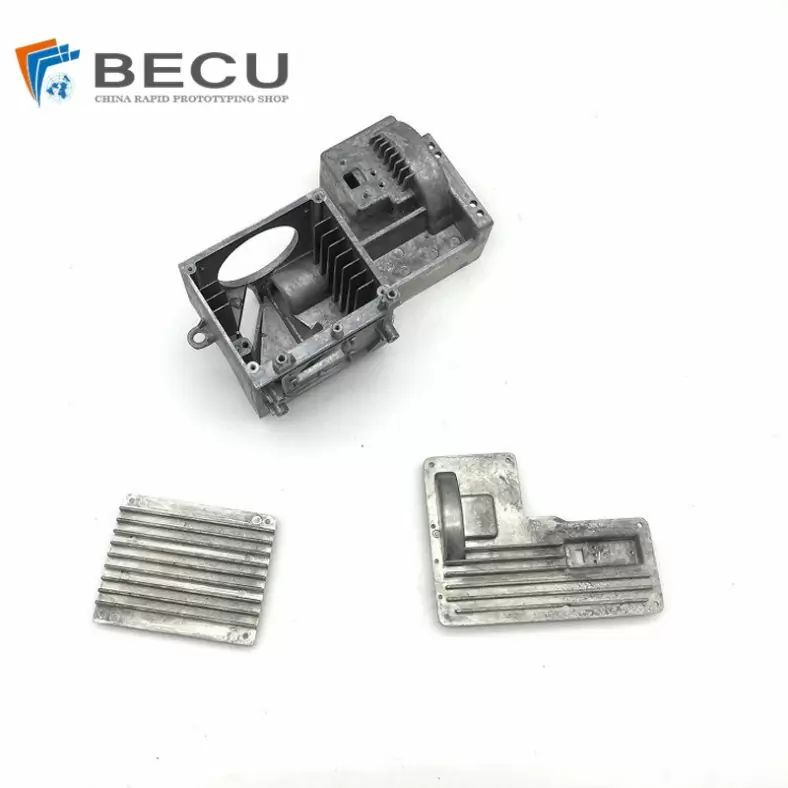
Professional Small Baler Aluminum Alloy Die-casting Mold Production
-
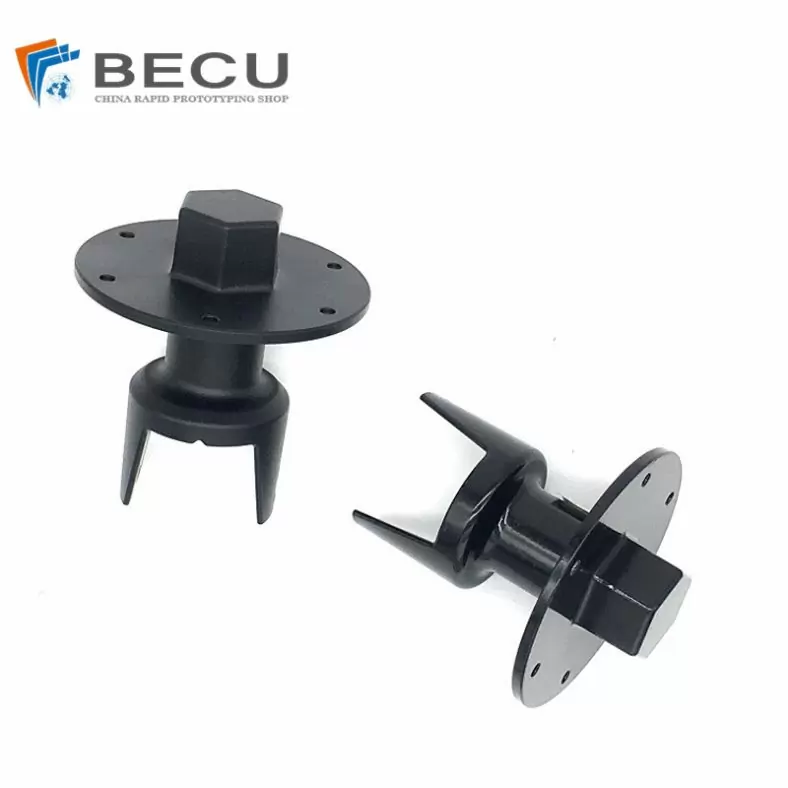
China Die Casting Factory Manufactures Surface Sprayed Aluminum Valve Body
-
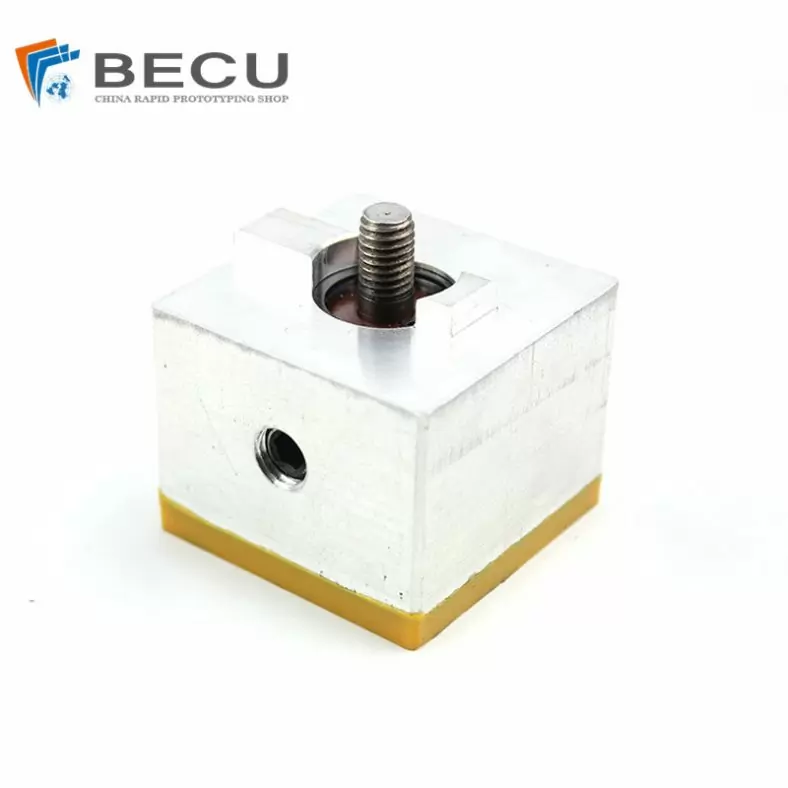
Extrusion Die-casting Polyurethane-Coated Aluminum Alloy Profiles
-

Custom Precision Aluminum Die Cast Brackets and Finishes
-
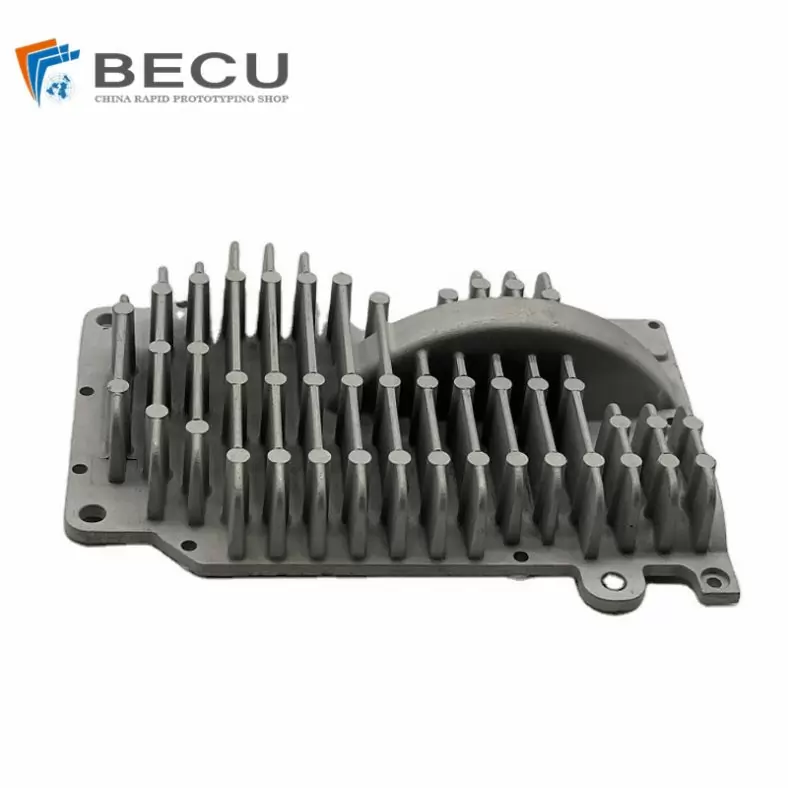
Extrusion Die-casting Magnesium Alloy Heat Sink Shell
